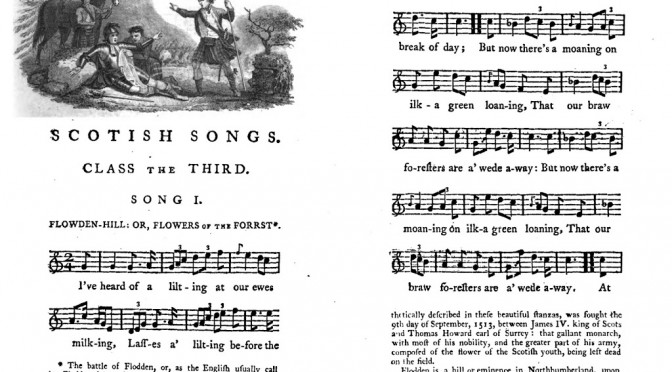At the harp class in Dundee yesterday we looked at the old song, the Flowers of the Forest.
The main focus of the class was playing the oldest setting, from the Skene mandore manuscript.
But we also looked at some later versions including the one in the Scots Musical Museum, and we sang through the version written by Jean Elliot, using Ritson’s 1794 print:
You can get Ritson’s book here on Google Books.
Here’s a mp3 of me singing it through:
simonchadwick.net/music/Flowers.mp3
Here’s a PDF of the Skene manuscript version with transcription:
earlygaelicharp.info/sources/flowers.pdf
Here’s a Youtube of it on the harp:
youtube.com/watch?v=contsP6oXTs




